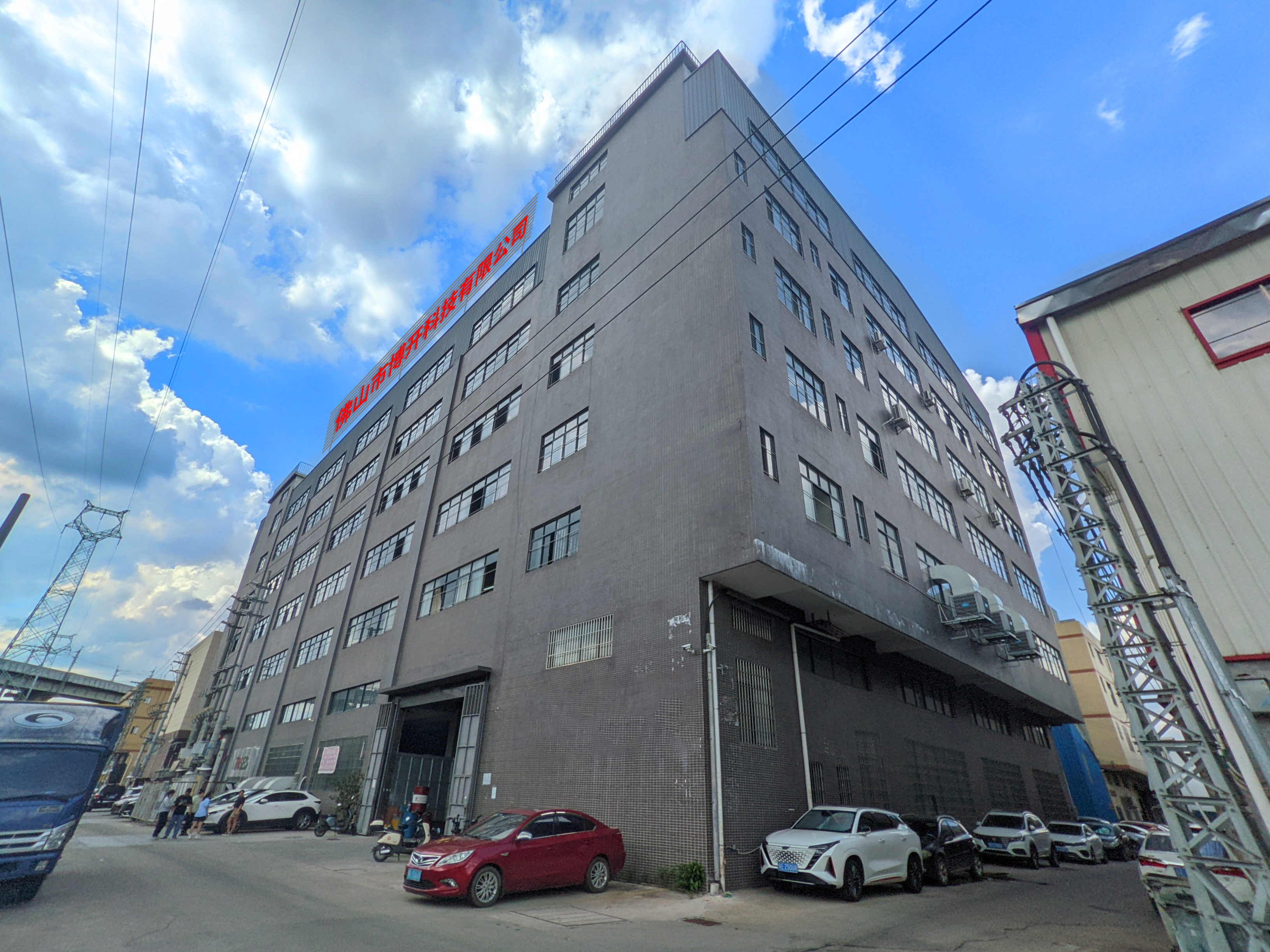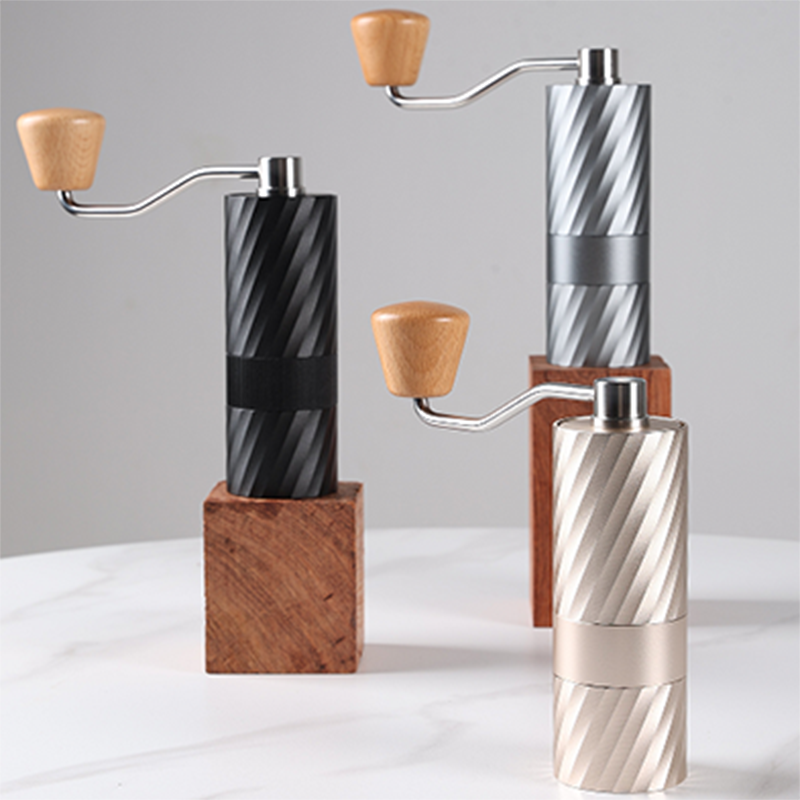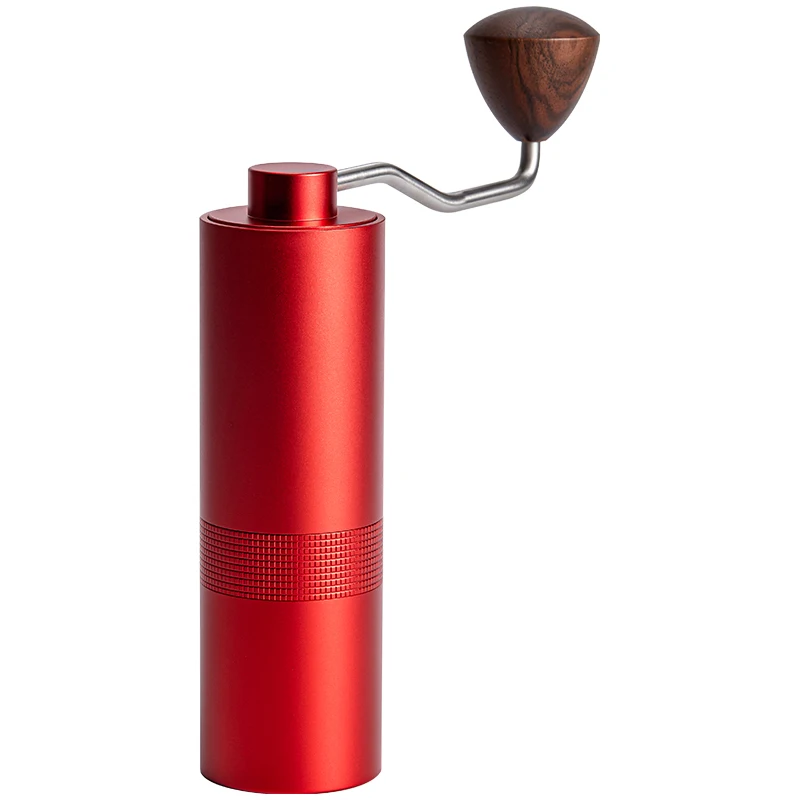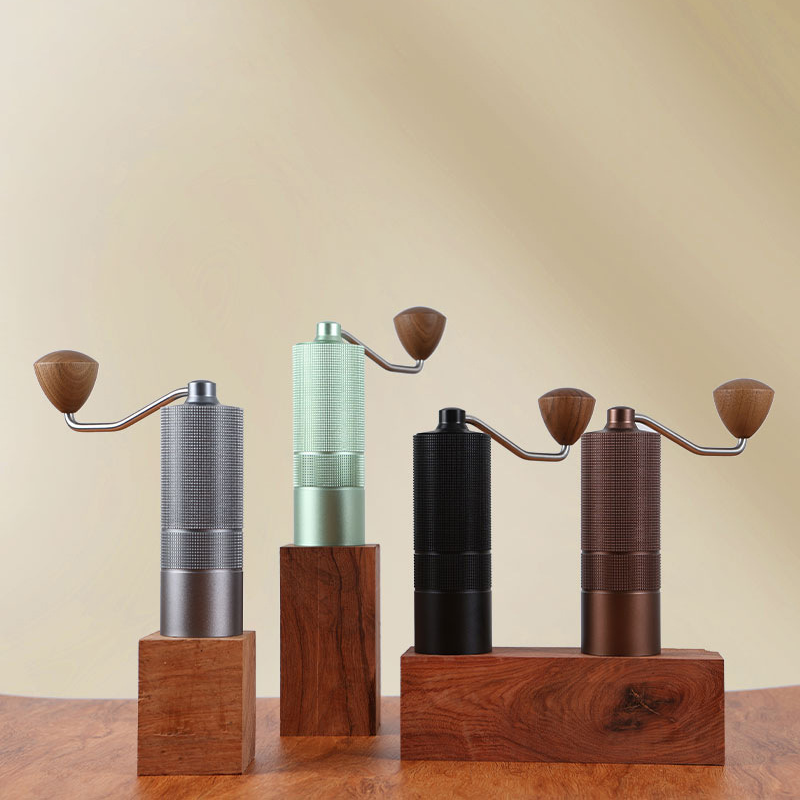
ABOUT
Foshan Bokai Technology Co., Ltd. is an enterprise specializing in the design, production and manufacture of various precision parts. Its business scope includes: hardware product research and development, lighting fixture manufacturing, hardware product manufacturing, electrical replica manufacturing, lighting fixture sales, electrical replica sales, and metal products. Sales etc. The company has structural designers, R&D personnel and CNC technicians who have been engaged for many years, combined into a group of experienced professional technical teams. Through continuous practice, they have summarized a set of mature processing technology and production quality control processes.Equipped with various precision processing equipment and testing instruments. In this way, the design, processing and tooling can be integrated into one. Continuously update equipment and optimize technology to improve quality. We implement strict control machine training for processing and product testing to ensure quality control of parts from material source to machining, production to surface, and provide customers with professional technical personnel. Tracking to meet customer needs.
PRODUCTS
Experience the Sensory Journey of Manual Coffee Grinding A Detailed Guide
The Tactile Experience: A Symphony of Grip and Grind
The first sensory element you encounter is the tactile one. Holding the grinder, feeling the weight and balance in your hand, is the initial step in this sensory journey. Different grinders offer unique textures; some are smooth and polished, others rough and rustic. The weight itself influences the grinding experience – a heavier grinder provides stability and a more controlled grind, while a lighter grinder might feel more agile but require more finesse. Pay attention to the material; wood offers warmth and a natural feel, while metal provides a cool, sturdy grip. The handle, too, plays a crucial role. Its shape, size, and texture directly impact your comfort and control during the grinding process.
As you begin to grind, the resistance of the burrs provides a consistent feedback loop. This resistance varies depending on the bean type, roast level, and grind size setting. A finer grind will require more effort, a subtle yet significant change in the physical interaction. This physical engagement, this active participation in the creation of your coffee, is a key element that distinguishes manual grinding from the automated process. It's a mindful exercise, a moment of focus and connection to the process.
The Aromatic Awakening: Unveiling the Bean's Hidden Fragrance
The aroma released during manual grinding is arguably the most captivating aspect of this sensory experience. Unlike electric grinders, which often contain the aroma within their sealed chambers, manual grinders allow the fragrant oils to escape freely, filling the air with the rich, complex scent of freshly ground coffee. The intensity and complexity of this aroma depend greatly on the bean’s origin, roast level, and even the freshness of the beans themselves. A lighter roast will offer brighter, more acidic notes, perhaps hinting at citrus or floral aromas, while a darker roast will unveil richer, more chocolatey or smoky notes.
Take a moment to truly inhale the aroma. Notice the subtle nuances; the top notes, the mid-range scents, and the lingering base notes. This aromatic exploration is a journey in itself, a prelude to the tasting experience that awaits. The smell of freshly ground coffee is often described as intoxicating, and rightly so. It's a powerful sensory experience that primes the palate and elevates the anticipation for the eventual cup.
The Auditory Element: The Rhythm and Sound of the Grind
Beyond the tactile and aromatic aspects, the sound of manual grinding adds another layer of sensory richness. The rhythmic whirring and clicking of the burrs create a soothing, almost meditative soundtrack to your coffee preparation. The consistency of this sound reflects the smoothness of the grind. A consistent sound generally indicates an even grind, while inconsistent sounds might suggest some beans are being ground finer than others. This auditory feedback allows you to adjust your grinding technique and ensure a uniform particle size, crucial for optimal extraction.
Some grinders create a more pronounced sound than others, depending on their design and the materials used. The pitch and volume of the sound can also shift slightly as the beans are ground, reflecting the changing resistance as the burrs work through the coffee. Paying attention to these subtle shifts in sound can enhance your awareness of the grinding process and lead to a better understanding of your grinder's nuances.
The Visual Spectacle: Observing the Transformation
While often overlooked, the visual aspect of manual grinding adds to the overall sensory experience. Witnessing the whole beans gradually transform into fine grounds is a captivating sight. The color of the grounds often reflects the roast level – lighter roasts typically produce lighter-colored grounds, while darker roasts yield darker grounds. Observe the consistency of the grounds; a uniform grind suggests an even extraction, resulting in a more balanced cup of coffee.
The act of grinding itself can be a visual spectacle, especially with clear-bodied grinders that allow you to see the beans being processed. Watching the burrs work their magic, meticulously breaking down the beans, is an engaging experience that adds another dimension to the overall sensory journey. The gradual accumulation of ground coffee in the collection chamber further visualizes the transformation, culminating in the rich, dark grounds ready for brewing.
The Holistic Experience: Mindful Coffee Preparation
The sensory journey of manual coffee grinding isn’t merely about the individual senses; it's about the holistic experience of mindful coffee preparation. It's a conscious act that separates itself from the routine of using an electric grinder. It allows for a slower, more deliberate approach, fostering a connection with the coffee beans and the process of creating your brew. This mindful preparation reduces stress and promotes relaxation, transforming the simple act of making coffee into a meditative ritual.
The overall experience of manually grinding your coffee beans enhances appreciation for the final product. The effort invested, the sensory engagement throughout the process, culminate in a deeper satisfaction and a more profound appreciation for the rich complexity of the coffee itself. It’s a journey that elevates the everyday ritual into a sensory exploration, creating a more mindful and enjoyable coffee experience.
SUBSCRIBE
INQUIRY








